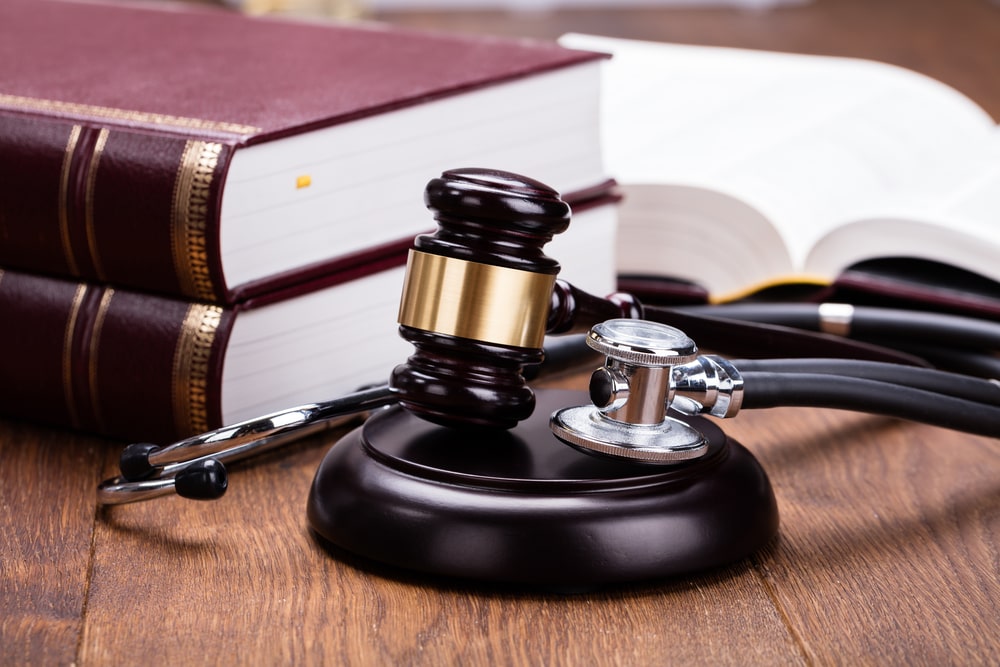What Is Medical Malpractice?
In the realm of healthcare, where trust and vulnerability intersect, the specter of medical malpractice casts a shadow over the patient-provider relationship. When medical errors occur, resulting in harm to patients, the legal recourse of a medical malpractice claim serves as a beacon of hope for those seeking accountability and redress. But what does it take to navigate the intricate terrain of such lawsuits? Understanding each basic element of a medical malpractice claim is a good place to start as a Morgantown medical malpractice lawyer will share:
Duty Of Care
Healthcare providers owe their patients a duty of care, entailing the obligation to provide treatment in accordance with accepted medical standards. Some aspects of this duty include: diagnosis, appropriate treatment, and informed consent.
Breach Of Duty
A breach of the duty of care occurs when a healthcare provider deviates from the standard of care expected in their field and can manifest in various forms, such as misdiagnosis, surgical errors, medication mistakes, or failure to obtain informed consent.
Causation
To establish medical malpractice, plaintiffs must demonstrate a causal link between the healthcare provider's breach of duty and the patient's resulting harm. This requires proving that the provider's actions – or omissions – directly contributed to the adverse outcome.
Damages
Medical malpractice claims typically seek compensation for the damages incurred by the patient resulting from the provider's negligence, such as medical expenses, lost wages, pain and suffering, and other tangible or intangible losses.
The Legal Process
Navigating the intricacies of a medical malpractice claim can be daunting and requires a comprehensive understanding of both medical and legal principles, so consulting a personal injury attorney if you are facing a personal injury issue. The legal process typically unfolds in the following stages:
Case Evaluation
The initial step involves assessing the viability of the malpractice claim: reviewing medical records, consulting expert witnesses to evaluate the standard of care, and determining the likelihood of establishing negligence and causation.
Filing The Lawsuit
If the case has merit, the plaintiff — usually with the assistance of his or her lawyer — files a lawsuit against the allegedly negligent healthcare provider. The defendant is then served with a summons, officially commencing the legal proceedings.
Discovery
During the discovery phase, both parties exchange relevant information, including medical records, expert opinions, and other evidence. Depositions may be conducted, which is when attorneys are permitted to question witnesses under oath.
Settlement Negotiations
In many cases, medical malpractice claims are resolved through settlement negotiations outside of court. Both parties, guided by their attorneys, may engage in discussions to reach a mutually acceptable resolution, typically involving monetary compensation. It is quite rare for medical malpractice cases to go all the way to trial.
Trial
However, if settlement negotiations fail to yield a satisfactory outcome, the case proceeds to trial, where a judge or jury deliberates on the merits of the claim. Witness testimony, expert opinions, and evidence presented during trial play a pivotal role in determining the outcome.
Protecting Patient Rights
Medical malpractice law serves as a vital safeguard for patients, ensuring accountability within the healthcare system and facilitating recourse for those harmed by negligent conduct. By holding healthcare providers accountable for their actions and advocating for patient safety initiatives, we can strive to prevent future incidents of medical negligence and promote a culture of transparency and accountability in healthcare delivery.
In the complex and ever evolving field of healthcare, where human lives hang in the balance, the principles of medical malpractice law illuminate the path to accountability and redress for patients harmed by substandard care. As this intricate landscape expands and as we continue to navigate it, it is important to remember two key goals of medical malpractice law: protecting patients’ rights and ensuring safe and reliable healthcare. If you have a medical malpractice issue on your hands, contact a lawyer near you for help.


